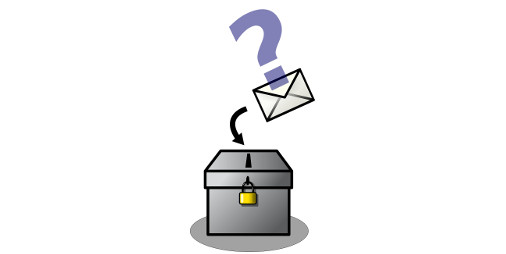
BigDataFr recommends: The mathematicians who want to save democracy
[…] With algorithms in hand, scientists are looking to make elections in the United States more representative.
Leaning back in his chair, Jonathan Mattingly swings his legs up onto his desk, presses a key on his laptop and changes the results of the 2012 elections in North Carolina. On the screen, flickering lines and dots outline a map of the state’s 13 congressional districts, each of which chooses one person to send to the US House of Representatives. By tweaking the borders of those election districts, but not changing a single vote, Mattingly’s maps show candidates from the Democratic Party winning six, seven or even eight seats in the race. In reality, they won only four — despite earning a majority of votes overall. […]
Read more
By Carrie Arnold
Source: nature.com



